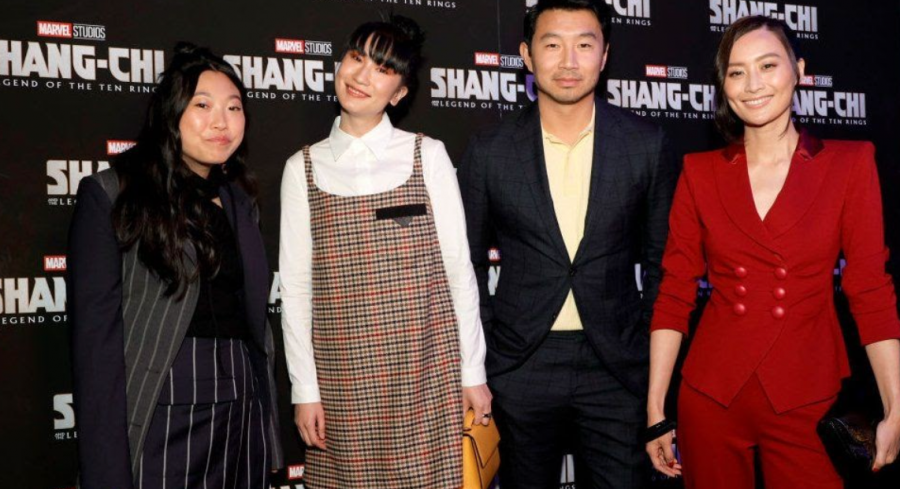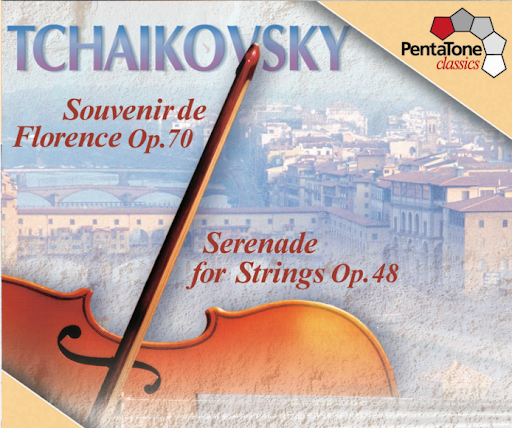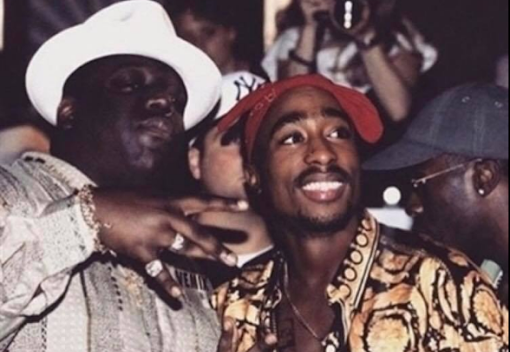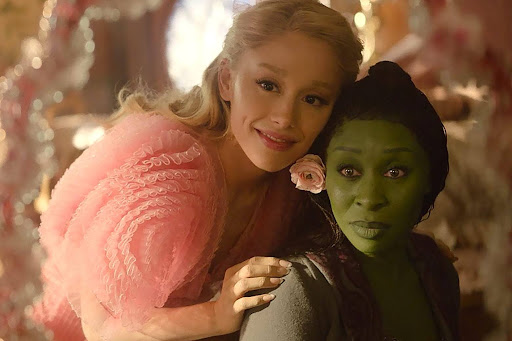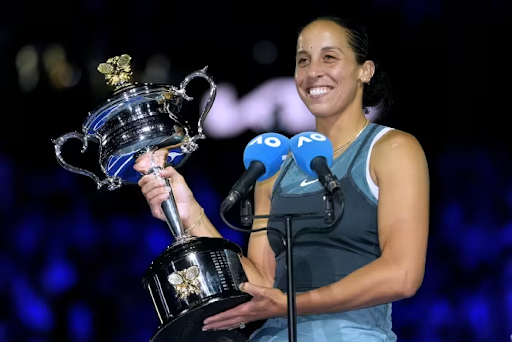A Review on The MCU’s First Asian Superhero Movie and Its Impact on the Eastern Asian Community
Disclaimer: I recommend reading this AFTER watching the movie
Check out Emma Barry’s Article: Shang-Chi and the Legend of the Ten Rings: Review From a Big Marvel Fan
It was a typical June day, where Emma Barry and I reveled in the early-summer-vacation ambiance at the AMC Theaters, masked and thrilled with excitement. As we sat on the reclinable red seats, watching the series of trailers for upcoming movies that preceded the actual movie we were supposed to watch, the characteristic action-movie punching sounds appeared. The scene jumped from Simu Lu on a bus, fighting some guy who had a metal blade hand, to Awkwafina questioning “Who are you?”
While the trailer for “Shang-Chi and the Legend of the Ten Rings” played, Emma and I turned to each other, and agreed that we had to watch the movie as soon as it was released. As a member of the Eastern Asian American community, the first thought that came to mind when the trailer ended was: FINALLY.
When watching the movie, I was expectedly astounded by the visual graphics, which I later paralleled to something like Eastern Asian Narnia. From the predominantly Asian cast and creative team, to some of the details in the film that reminded me of my grandparents’ home in Taiwan, to the portrayals of strong and confident Asian characters, I felt a kinship to the movie itself. In my opinion, this movie represents another stepping stone on the path away from the historical discrimination against those of Asian descent, and the progression towards the the increase of Asian Americans in the American entertainment industry and the empowerment of Asian Americans.
From the 1854 People v. Hall case –where California Supreme Court deemed that those of Chinese descent could not testify for or against Euro-American people because of their inferior status — to the 1940s Japanese Internment Camps — where about 120,000 Japanese Americans were uprooted from their established homes, jobs, and communities, and sent to remote “relocation camps” on the basis of their heritage and ethnicity — the marginalization and discrimination of those of Asian descent have been embedded into history. White-Elite conceived tropes, like the “Model Minority Myth”, which paints Asian Americans as the ideal law-abiding and high-achieving minority, overshadow the existing racism against the diverse groups within the AAPI Community (Asian American Pacific Islander), drives a wedge between the AAPI community and other racial communities not included in the Model Minority Myth, and maintains Asian Americans as perpetual foreigner. Historically, from the pre-existing stereotypes that many films have further reinforced, East and South-Eastern asian men were characterized as weak, subservient, and “effeminate”. Eastern and Southern-Eastern asian women were characterized as either the hypersexualized “Dragon Lady” temptress, or the submissive and white-male-dependent “Lotus Blossom.”
“Shang-Chi and the Legend of the Ten Rings” is a movie that portrays several multi-faceted characters beyond the stereotypical moulds. Through experiencing a difficult childhood and a complex relationship with his family, Shang-Chi is both externally and internally strong; Simu Liu’s embodiment of Shang-Chi helps break down the circulation of the stereotype of the universally weak asian man. I also appreciated how Shang-Chi was not just the “kung-fu Asian dude” that has become an archetype of the Asian characters in film. Rather, Shang-Chi is also a relatable character many can identify with. For instance, his struggle between the cultural value of the sanctity of a family versus the value of forging one’s individual identity is something many Asian American viewers can empathize with. While the title only refers to Shang-Chi, I think the movie overall succeeded in depicting the female characters as people of strength and importance who are worthy central protagonists. From the confident and spirited Katy, to the outwardly cold, but inwardly compassionate Xialing, to the brave-selfless-motherly Leiko Wu, we recognize the complexities of each character that break the stereotypes of the hypersexualized submissive asian woman (they are all absolute queens in their own unique way). The many protagonists, portrayed by Eastern Asian actors and actresses, create a powerful group of heroes young and older Asian American people can look up to.
In reference to Katy and Shang-Chi’s friendship towards the beginning of the movie, I was happy to see the portrayal of both an Asian American who was in touch with his cultural heritage, as well as those who barely have any ties to her heritage beyond what they see immediately at home; their varying degrees of intimacy with their heritage reflects a truth that every Asian American has unique perspective and experiences in connection to their background. Through depicting parts of Katy’s life in San Francisco as an American Born Chinese, the movie exemplifies how Asian Americans live an active role as members of the United States, rather than as the perpetual foreigner that the “Model Minority Myth” presents.
By playing a powerful group of characters they can identify with, “Shang-Chi and the Legend of the Ten Rings” empowers the Eastern-Asian American Community to unify and continue to step out of our historical marginalization. By portraying characters that do not fall under harmful stereotypes, like those depicted in movies where asian characters played as the “butt of the joke,” this movie simultaneously negates the tropes and helps redefine the societal perspective on Asian Americans, while also not restricting the perspective to one limit. Especially in the face of the increase of hate crimes against Asians during the Covid-19 pandemic, the heroes we see in the movie establish the significance of Asians and Asian Americans in the entertainment industry and their integral membership in the United States.
As the American entertainment industry continues to diversify, I am also excited to see and experience the empowerment of Asian Americans and I am enthused to watch more movies that can represent distinctive cultural groups within Eastern Asia, as well as across other parts of Asia.
Faith Chen ‘22, Copy Editor, Co-Politics Editor, Social Media Editor

